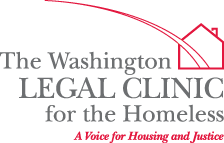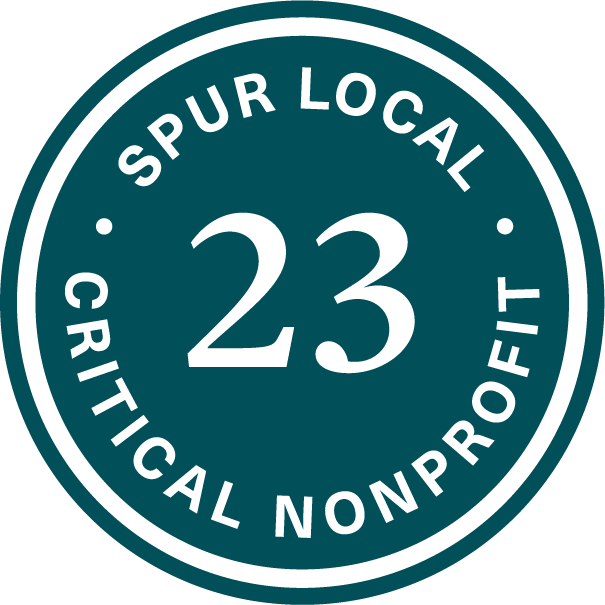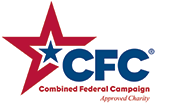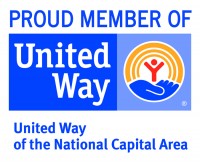by Bobby Jackson, Summer Fellow
I remember biting my lower lip as hard as I could in an effort to hide my emotions, hoping that the water building up in my eyes wasn’t noticeable. I peered down at my notepad for a few seconds and scribbled some non-descript words on the page. When I finally gained the courage to look back up, I saw the face of a tearful woman who confided in me that she had absolutely no where to turn and was in “desperate” need of the Clinic’s help. Within a few days she would become homeless.
This woman sitting across from me did not have the stereotypical “look” that so many ascribe to that of a person who is homeless: her clothes were not tattered, she was not asking for money while on the street.
Although she wasn’t exhibiting any outward “signs” of experiencing homelessness, this woman is representative of the majority of District residents who are homeless or in imminent threat of homelessness. She looks like the sister you played with growing up, the mother that sits across the table from you at Thanksgiving, the niece whose birthday parties you attended, or even the grandmother that would pick you up from school if your parents were running late. Walking past her on the street, you would not fathom her struggles to keep a roof over her head.
She also defies the all too common and ill-informed stigma that many associate with people who are homeless: she is not lazy; she is not irresponsible. This particular client had been self-sufficient for years until a series of unexpected events left her physically disabled and financially devastated, unable to sustain full time employment or keep up with her rent.
Her story highlighted for me a very valuable truth that’s critical for both city leaders and District residents to understand: homelessness can happen to anyone. Statistical data supports this contention. According to a MoneyWatch poll, roughly thirty-eight (38) percent of Americans are currently living paycheck to paycheck.[1] Many District residents may not think about how one single, unexpected change could drastically alter their financial, and consequently their housing, situation: the onset of a costly medical condition, a sudden increase in rent, or the unforeseen loss of gainful employment, among others.
While I’ve learned many valuable lessons and gained a variety of experience from my fellowship at the Legal Clinic this summer, the most important lesson I learned was that homelessness can and does affect every single one of us. In order to successfully eradicate homelessness as a society, we must break down the stereotypes and realize that the face of homelessness is simply a human face.
CBS News, Study: Nearly 40 Percent of Americans Living Paycheck to Paycheck (July 24, 2012), http://washington.cbslocal.com/2012/07/24/study-nearly-40-percent-of-americans-living-paycheck-to-paycheck/ (last visited Aug. 2, 2012)






I really appreciate this blog post. People who are homeless are often dehumanized — referred to as “the homeless” or “the poor” — and it’s refreshing to see someone highlight the reality of the situation. Homelessness is commonly misconceived as some kind of personality flaw. Homelessness isn’t a personality trait at all; it’s a living situation. And, it’s an unfortunate one that leaves people vulnerable to all kinds of other physical and emotional dangers.